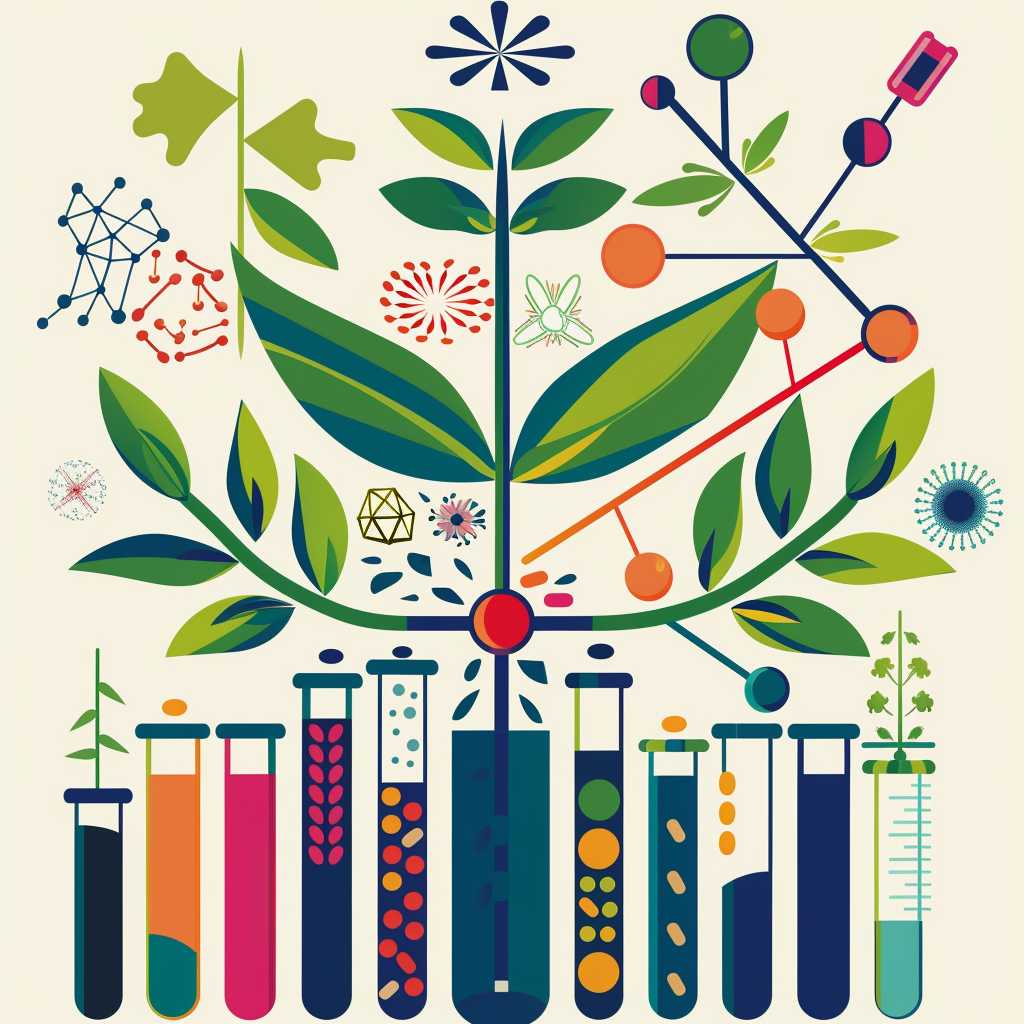The Quest for Cures: A Comprehensive Overview of Medical Breakthroughs and Challenges
Medicine has come a long way from its ancient roots, continually progressing in its fight against diseases that plague humanity. Over the centuries, the concerted efforts of researchers, medical practitioners, and pharmaceutical companies have led to revolutionary discoveries and the development of important cures that save lives. This article dives into the scientific strides made in finding cures, examines modern approaches to treatment, and looks at the ongoing challenges in the relentless pursuit of cures for various ailments.
The Evolution of Medical Cures
Early human civilizations relied on a mixture of herbal remedies, superstitions, and rudimentary surgical techniques to combat illness. The concept of “cure” has always been a cornerstone of medicine but achieving it was often elusive and shrouded in mysticism. However, since the Scientific Revolution, there has been an explosion in understanding human biology and illness.
The breakthroughs can be traced back to major milestones like Edward Jenner’s smallpox vaccine, Alexander Fleming’s discovery of penicillin, and the development of insulin for diabetes. Vaccination, antibiotics, and hormonal therapies have since become integral components in preventive care and disease management, successfully curing or managing myriad conditions that were once deadly.
Innovations in Treatment & Cure Development
Technological advancements have given way to innovative techniques in drug discovery and development. Rational drug design, using powerful computers to tailor medications to precisely target pathogens without harming the patient’s cells, has been an extraordinary step forward. Further, biologic drugs made from living organism’s cells are engineered to act on specific components of the immune system contribute significantly to the push towards curative therapies.
There’s also been a boom in personalized medicine—a tailoring treatment concocted based o individual patient’s genetic makeup—markedly improving cure rates in diseases like cancer. Immuno-oncology treatments harness the patient’s own immune system to attack cancer cells more effectively and with fewer side effects than conventional chemotherapy or radiation.
Current Frontiers in Curing Diseases
The war against diseases is being fought on multiple fronts using a range of strategies. Scientists currently aim to pursue functional cures for chronic diseases like HIV/AIDS, through antiretroviral therapies that keep the virus at bay, allowing patients to live longer, healthier lives.
Another frontier is gene editing technology such as CRISPR/Cas9 which promises not only treatments but actual cures for genetic disorders by directly repairing disease-causing mutations.
On another vein, regenerative medicine technologies like stem cell therapy seek to replace or regenerate human cells, tissues, or organs to restore normal function. They represent another beacon of hope for incurable diseases.
Every new class of drug or approach comes laden with hopes for new cures; however, drug development remains arduous and not without potential setbacks.
Challenges Toward Finding Cures
Despite monumental advances, developing cures remains a formidable task. One significant hurdle is resistance; viruses and bacteria can mutate rapidly, rendering current treatments ineffective. Furthermore, rare diseases pose another challenge due to fewer available resources and lower financial incentives for pharmaceutical companies to develop cures.
Financial constraints affect all realms of cure development as clinical trials are expensive and time-consuming. Even after successful trials, many potential treatments never reach the market due to regulatory hurdles or lack of funding.
Another challenge is that not all conditions can be cured; some chronic illnesses require ongoing treatment to manage symptoms. For autoimmune disease or mental health issues which involve complex interactions between genetics, environment, and lifestyle choices—a single “cure” can be enigmatic.
